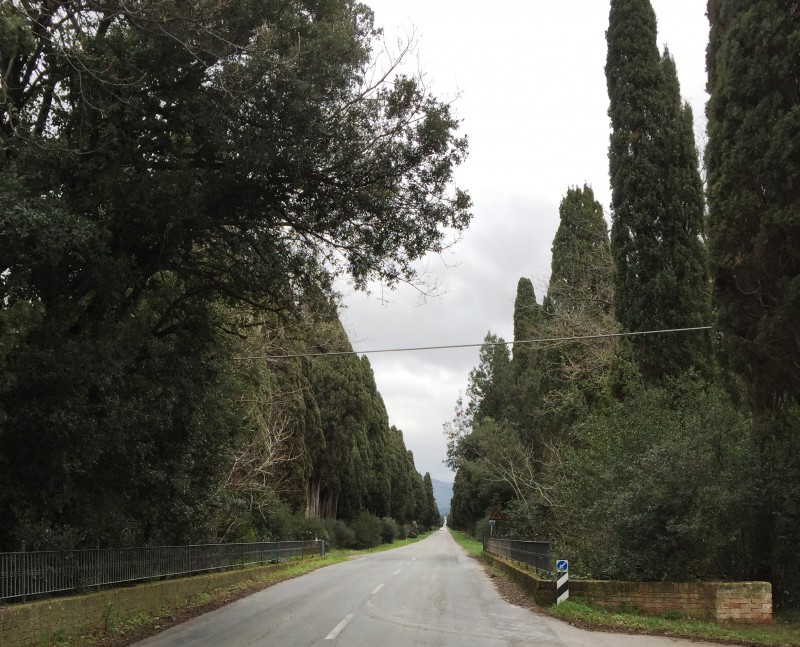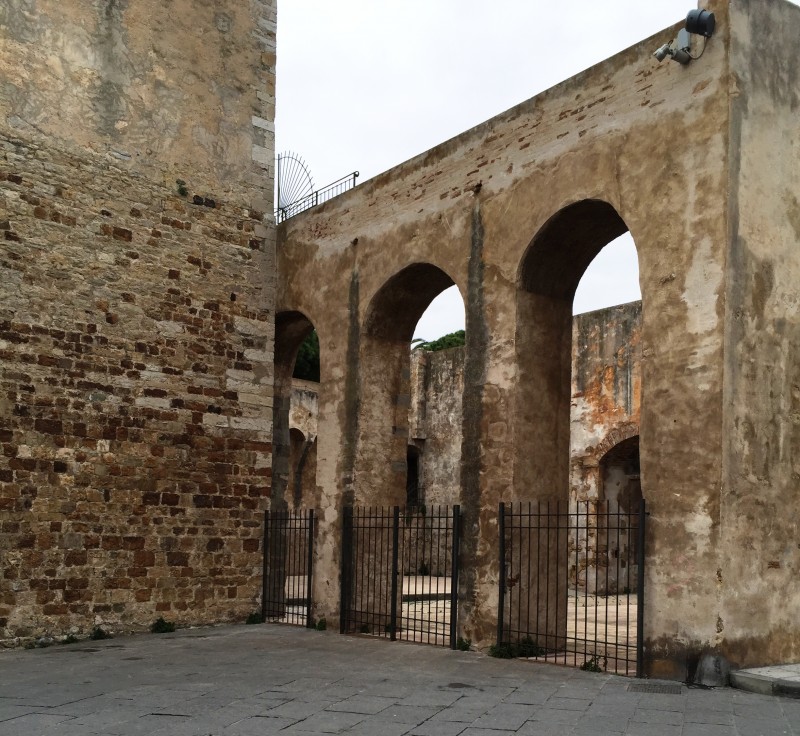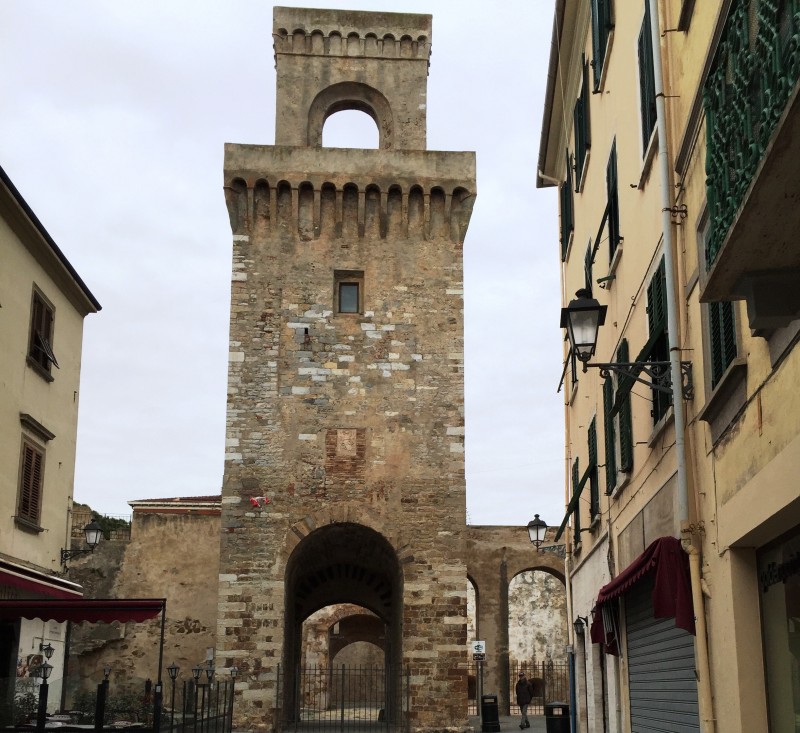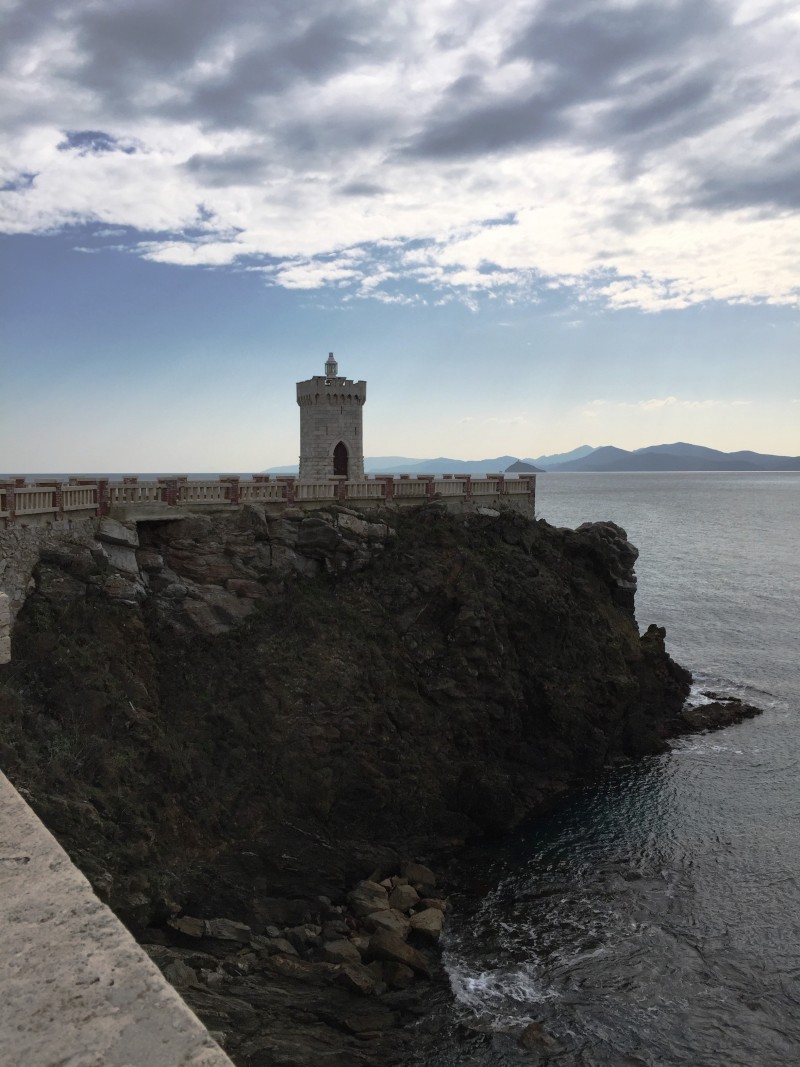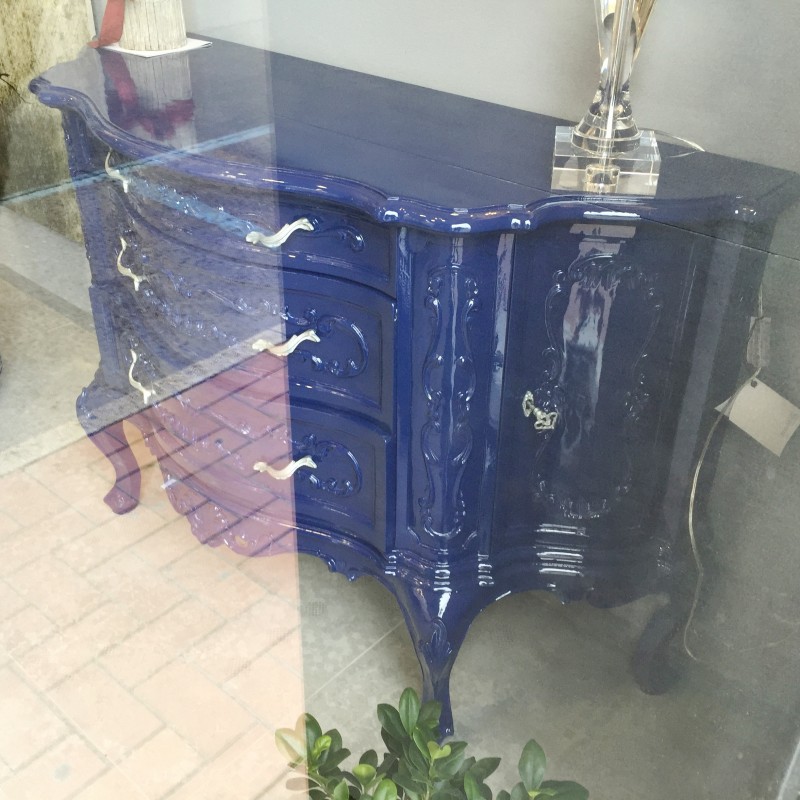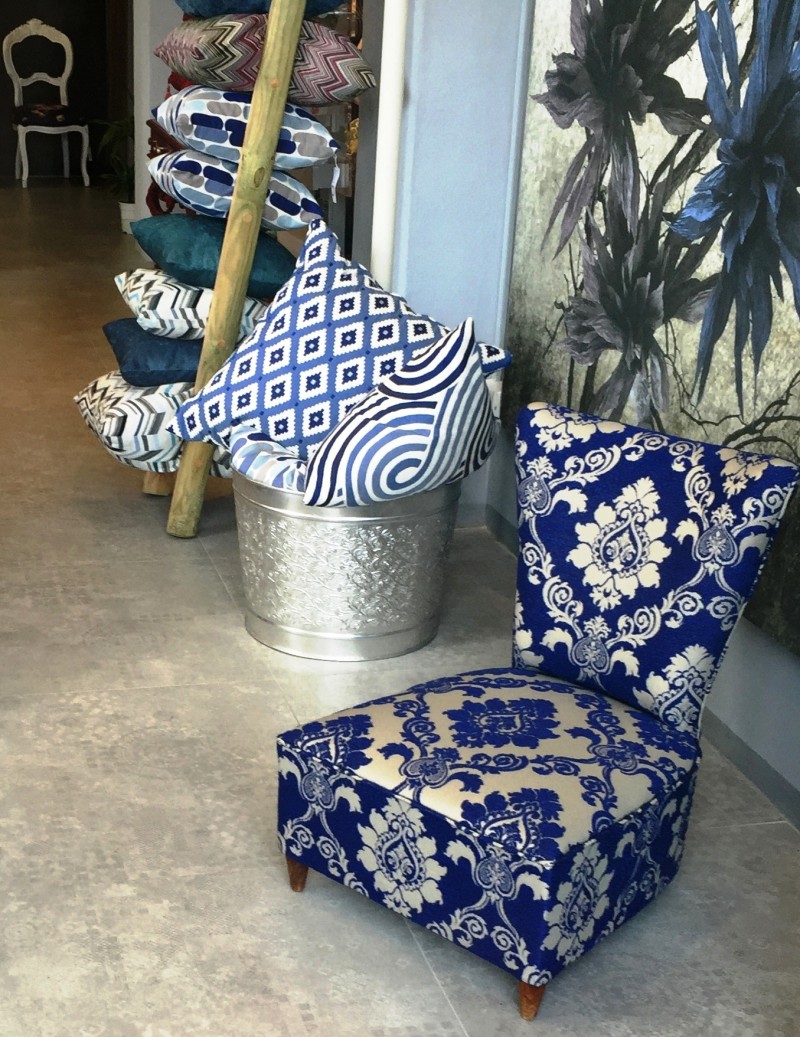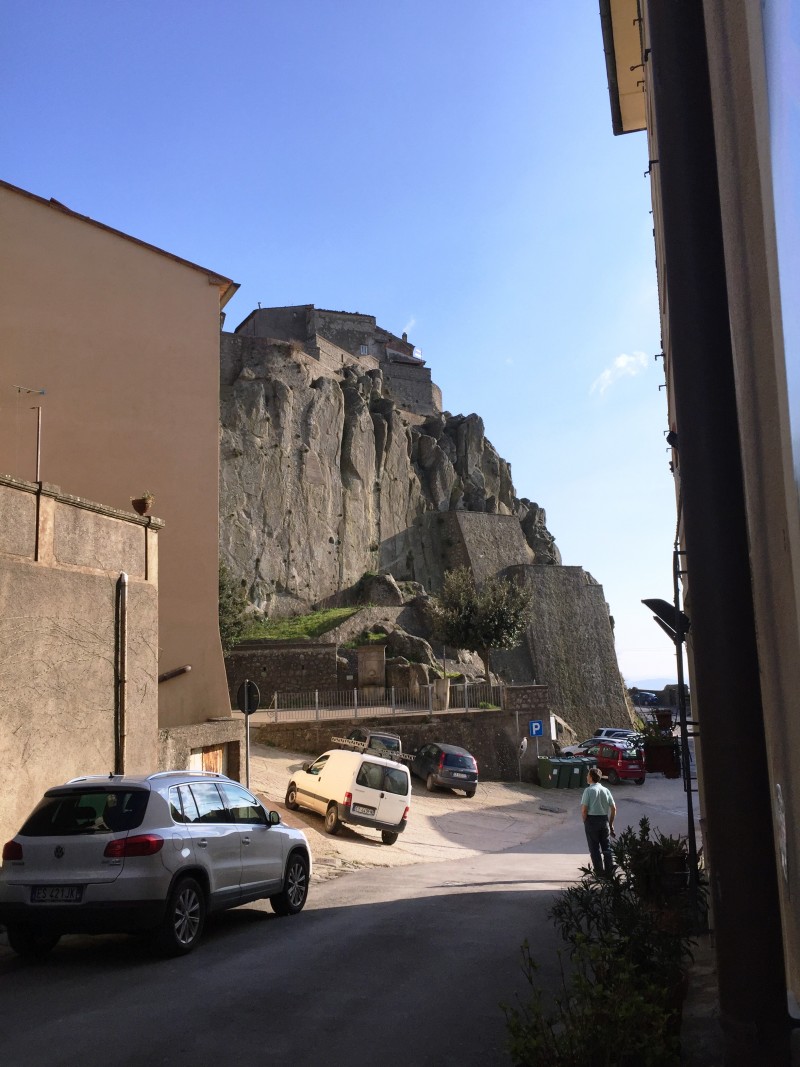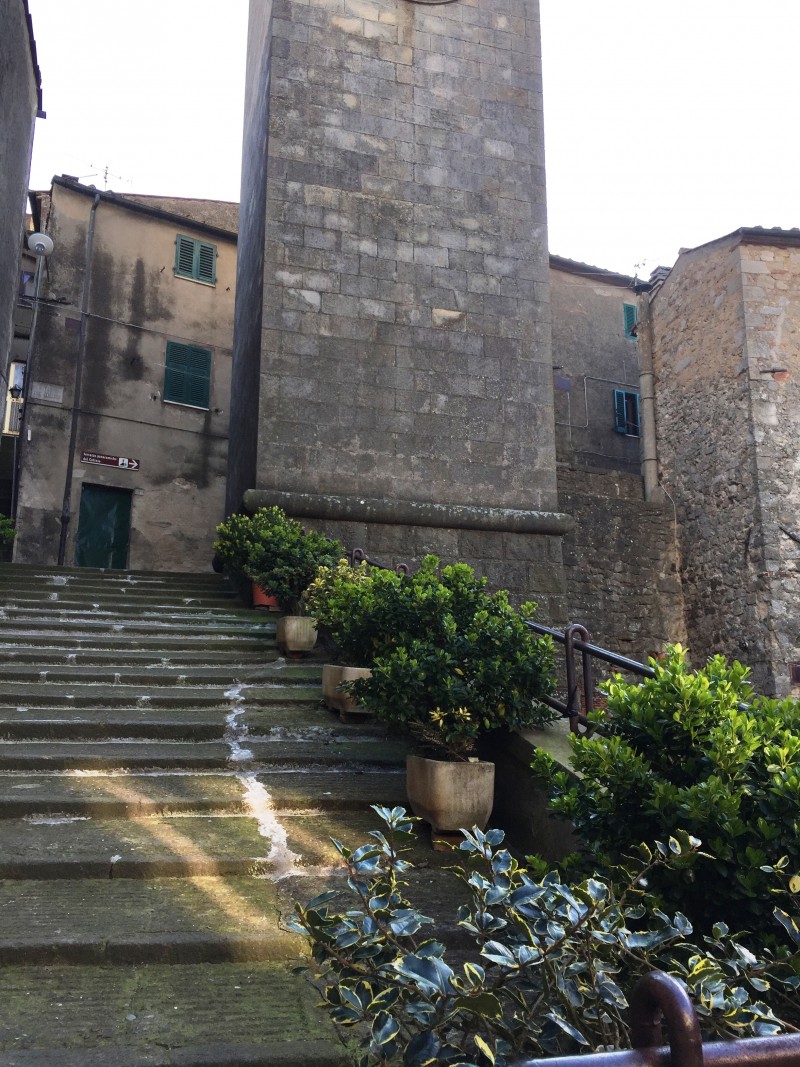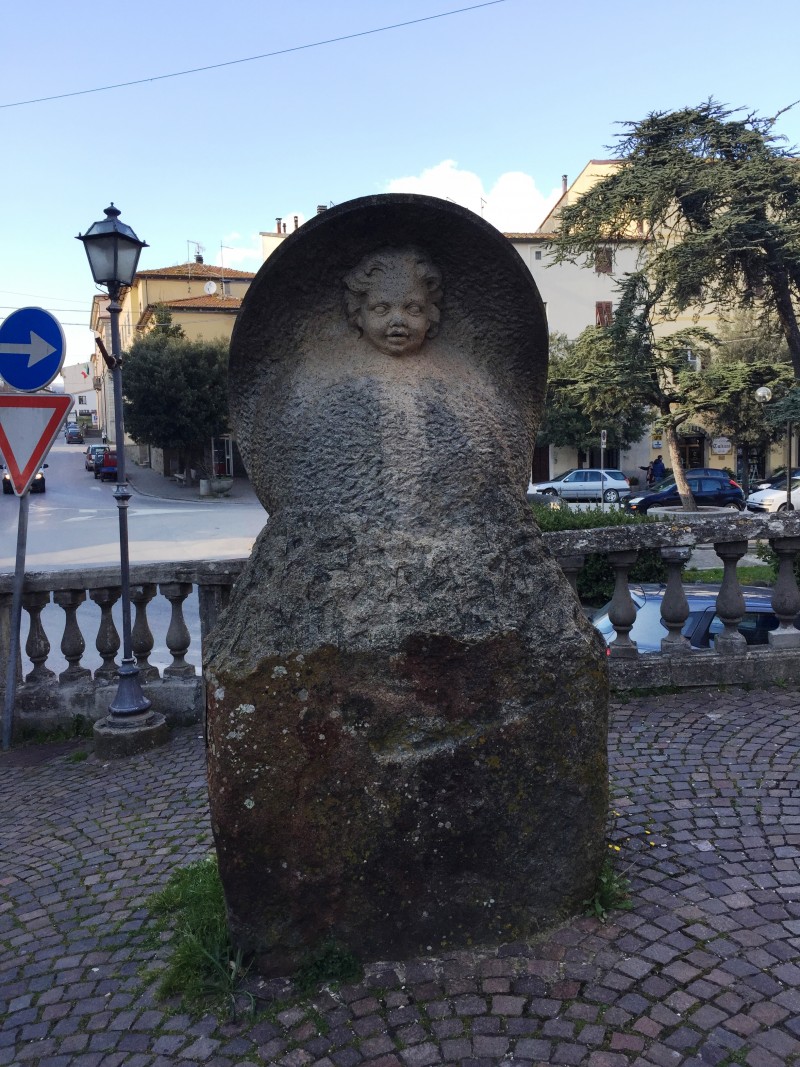The legal agreements set out below govern your use of the Dell’Osso Interiors (DI) website and services. By using the website or services or by submitting a Questionnaire, you agree to these Terms and Conditions (terms) and agree to be bound by the following terms. If you do not agree to these terms, do not submit a Dell’Osso Interiors Questionnaire and do not use the services.
Terms
 DI: Dell’Osso Interiors.
DI: Dell’Osso Interiors.
Client: Anyone seeking to engage DI (Dell’Osso Interiors), for the purpose of providing Design Deliverables or other design related services.
Designer: The Designer by DI to create the Design Deliverable for the Client.
Design Deliverables: All recommendations, suggestions and equivalent design related information and material provided by the Designer to the Client, regardless of the format. E-Questionnaire, E-FloorPlan, E-Mood Board and E-Procurement List. These documents will be providing design guidance and recommendation.
Client Obligations & Terms of Use
- Clients are responsible for confirming the accuracy and completeness of any information that is provided to DI
- Clients are responsible for contacting DI and clarifying any questions or concerns prior to submitting payment.
- After a DI eDesign Questionnaire is submitted by the Client, the Client must contact DI immediately to rectify or discuss any desired updates. Once an E-Design Questionnaire is submitted and a designer begins works, if there are any significant or substantial changes that affect the design, the Client may incur an additional fee or charge at the discretion of the designer.
- For any Dell’Osso Interiors e-design Service that includes a post consultation phone call to go over the designer’s recommendations and suggestions, we must have a valid phone number. 7 days after the delivery of the e-design package we will schedule a video call to go over our recommendations.
- DI takes data security and privacy very seriously and has employed multiple measures (as described in the “Data Security” section) to keep information safe, however it is the ultimate responsibility of each Client to ensure that they are comfortable with the information that they provide to us, including, reviewing and cleansing all data (e.g., form responses, photos, documents, etc.) of any personal information or other data that they do not wish to share.
- Client understands and agrees that Design Deliverables are based on each Designer’s professional expertise, judgement and experience. Client further understands and acknowledges that all Design Deliverables are recommendations that the designer has created from the information provided by the Client.
- Client understands and agrees that DI maintains the right to deny service and/or cease service and refund payments as deemed appropriate (for example, in situations where a Client cannot be reached for extended periods of time, or where DI is unable to obtain information necessary for the completion of work.
- Revisions– After video call with Client (1) revision is included in the package. If by any chance Client is still not satisfied and required more revisions outside of the package that they purchased, these are available to the Client at an hourly rate ($125.oo), or other price arrangement to be agreed upon with the Designer.
- Format and Content– The format, content and the level of detail will vary for each package and is left to the discretion and judgment of each designer based on the selected design option and other factors, such as the level of complexity associated with the design. Please keep in mind that due to the customized nature of DI eDesign Package, each is tailored specifically to the design requested, and future packages may have a completely different look and feel, regardless of whether the Client and/or Designer remains the same.
Provision of Design Deliverables by Designer for DI e-design Services
- Design Deliverables will be based of the information and details provided by the Client and will be delivered by the designer to the best of their ability and professional experience. All Design Deliverables are personal recommendations based on each Designer’s professional experience and judgment.
- Design Deliverables are heavily impacted by the indicated budget. In order to meet budget expectations, unless specified otherwise by the Client, DI may choose to focus on particular rooms and/or to work with existing Client items, which are not specifically mentioned by the Client.
- If the designer does not provide recommendations for a room (or other aspects indicated by the Client) it is because the designer felt that the Client’s spending was better allocated in other areas based on the Client’s preferences and needs. Should the Client then decide that they would like to include additional designs, such modifications will be subject to the consent and pricing agreed to by the Designer.
Implementation of Design Deliverables by Designer for DI e-designServices
- Implementation of Design Deliverables (e.g., how the Client decides to use the deliverables), including the purchase of items and materials, is the sole responsibility of the Client.
- DI is not responsible for any changes to prices or costs from those prices or costs listed in any Design Deliverables.
- Measurements and dimensions: As all measurements and dimensions are provided to DI by the Client, DI is not responsible for any issues regarding “fit” or “size” for recommended items. Client is responsible for checking dimensions of recommended items before purchase. Any restocking fees or returns are solely the responsibility of the Client.
- Design Deliverables are conceptual in nature and intended to set forth design intent only. DI is not responsible for the manufacturing, purchase, distribution or product design of any product recommended in the Design Deliverables. DI is not responsible for any defects or other issues with products that Clients purchase based on Design Deliverables, and DI does not warrant or otherwise guarantee that such products will be suitable for a Client.
- Should the nature of the Design Deliverables require related work or the services of any other professional, such professional shall be engaged directly by the Client pursuant to a separate agreement as may be mutually acceptable to Client and such other professional.
Data Security & Management Practices for DI eDesign Questionnaires
- Submission– All information submitted through a DII eDesign Questionnaire is secured by industry standard 256-bit GeoTrust SSL (Secure Sockets Layer) encryption. SSL is a protocol for providing secure communications on the Internet. SSL provides for the authentication and encryption of traffic between your browser and Internet servers. The internet’s one million most- visited domains rely on GeoTrust SSL more than any other certificate authority. In addition, each DI E-design Questionnaire has an additional layer of SSL through Formstack, LLC, an independent 3rd party data management provider. Further, all financial or payment data (e.g., billing information, credit card numbers, banking info, etc.) is managed solely by PayPal. Paypal is a trusted leader in digital payments and processes approximately 10 million payments per day. PayPal provides a platform for securely conducting transactions online, in stores and on mobile devices. DII never sees or handles this information. We strongly recommend that you review the PayPal terms of use and privacy policy prior to making any payments through that service.
- 3-Part Division of Information: Client information is divided and stored into 3 parts to further secure Client data as follows: 1. General text information (all information provided by a Client in response to a question or field entry on a DI E-design Questionnaire); 2. Any non-text materials (all materials that are uploaded or otherwise provided, such as photos, images, documents, etc.) that you provide; and 3. Financial or Payment information. Note that DI E-design Questionnaires by design are structured so that personally identifiable information is optional and limited to basic information such as zip code, state, contact number, name, email etc. The only required field in order to submit a DI E-Design Questionnaire is email address.
- Storage– All text information received through DI E-design Questionnaires are stored in an encrypted database accessible only via a machine generated secure password. All non-text materials (e.g., photos, images, documents, etc.) that you provide are stored in a 256-bit AES encrypted DropBox database secured with an additional two-step verification authentication. For further information see https://www.dropbox.com/security#protection. All payment and financial information is managed solely by PayPal, one of the industries most trusted provided of digital payments processing. For further information see https://www.paypal.com/us/webapps/mpp/ua/privacy-full.For more information on how data is used, see our Privacy Policy
Client Information and Liability
- Although DI takes data security and privacy very seriously and has employed multiple measures (as described above) to keep information safe, DI is not responsible for the information that is submitted by Clients. We make every effort to keep the information secure, however it is the ultimate responsibility of each Client to ensure that they are comfortable with the information that they provide to us, including, reviewing and cleansing all data (e.g., form responses, photos, documents, etc.) of any personal information or other that they do not wish to share. We recommend reviewing photos for anything you are not comfortable making publicly available, and take out as appropriate. All content that is provided by a Client must also comply with the “Client Use of DI eDesign Questionnaires” section of these Terms.
Phone calls and communications relating to eDesign Packages and eDesign Professional Assessments
- If DI has any questions about the information provided, they will attempt to contact you. If they cannot get in touch or there are still outstanding questions within 72 hours of attempting to obtain a resolution, the designer, at his or her sole discretion, will either continue their work on a best efforts basis or refund your money (minus any transaction fees) if they feel that they do not have sufficient and/or accurate information.
- All Clients are entitled to one post consultation phone call to go over the designer’s recommendations and suggestions.
- If you do not provide DI with a valid phone number DI will not be able to schedule your phone consultation within 7 calendar days after receiving your completed Design Deliverables. If you don’t become available for this call, you forego the opportunity to speak with a designer over the phone, and it will be at the discretion of each designer (subject to their availability) to determine whether they can accommodate a follow up.
- Clients may also speak with a designer to go over their desired design option prior to the commencement of any work, however Clients are responsible for contacting DI in a timely fashion to ensure that they have not yet started work on their project. In addition, the designer may reach out to Clients on a case by case basis to confirm or inquire about Client provided information.
Floor Plans and Furniture Arrangement Illustrations Relating to DI eDesign Services
- Floor plan measurements and details are for illustration purposes only, and as such, the floor plan or any related materials that illustrate the arrangement or placement of recommended items is intended to be used solely as a rough sketch in order to demonstrate the suggested placement or arrangement of recommended items.
- All objects depicted in floor plans or any related materials that illustrate the arrangement or placement of recommended items will be chosen as an “approximate match” to represent those pieces that have been noted in the shopping lists. Colors, sizes and other details may not be exact.
Client Use of DI E-design Questionnaires
- You must be 18 years or older to use this service.
- You must provide a valid name and email address upon purchasing a DI E-Design Service. You will further update and keep that information current as appropriate.
- You shall abide by all applicable local, state, national and international laws and regulations and besolely responsible for all acts or omissions that occur with respect to your form(s), including those related to the protection of intellectual property, data privacy, international communications and transmission of technical or personal data. By way of example, and not as a limitation, you will not, directly or indirectly:
- Transmit any pornographic, obscene, offensive, threatening, harassing, libelous, hate- oriented, harmful, defamatory, racist, illegal or otherwise objectionable material or content;
- Transmit any material or content that attempts to falsely state or otherwise misrepresent your identity or affiliation with a person or entity;
- Transmit material or content that promotes, provides or relates to instructional information about illegal activities or promotes physical harm or injury against any individual or group;
- Transmit or otherwise make available any unsolicited or unauthorized advertising, promotional materials, “junk mail,” “spam,” “chain letters,” “pyramid schemes,” or any other form of solicitation;
- Use a false identity or forged email address, or otherwise attempt to mislead DI as to your identity or the origin of your messages;
- Transmit unlawful, harassing, libelous, abusive, threatening, harmful, vulgar, obscene or otherwise objectionable or unlawful material of any kind or nature;
- Transmit any material that may infringe the intellectual property rights or other rights of third parties, including trademark, copyright or right of publicity;
- Transmit any material that contains viruses, trojan horses, worms, time bombs, cancelbots or any other harmful or deleterious programs;
- Interfere with or disrupt networks or websites associated with the DI services or violate the regulations, policies or procedures of such networks;
- Attempt to gain unauthorized access to the DI website, DI services, other accounts, computer systems or networks associated with the DI services, through password mining or any other means;
- Interfere with another person’s use and enjoyment of DI services or use and enjoyment of similar services.
- If you engage in any activity set forth above, your use of DI services will be prohibited and DI will report any unlawful conduct to the appropriate authorities and turn over any and all information regarding such activity to appropriate persons or entities.
External Links
The Website may provide links to other websites that are not maintained or controlled by us (“Linked Sites”). While we may receive payment from companies whose products we endorse or recommend, we expressly disclaim any responsibility for the content, copyright compliance, accuracy of the information, and/or the quality of goods or services provided by or advertised on any Linked Sites, and in no event shall we be held responsible or directly or indirectly liable for any loss or damage caused or alleged to have been caused in connection with the use of or reliance on any content, goods or services available on any Linked Sites.
Ownership and License
Except as otherwise stated, the Website and the information, computer code, and related functionality appearing, featured or otherwise displayed on the Website, including but not limited to all videos, artwork and other creative works, are owned by DI, its affiliates, and their respective licensors or other third parties and protected under the copyright, trademark, and other laws of Canada and other countries and international treaty provisions. We grant you a limited, non-exclusive, non- transferable license to use the Website in accordance with these Terms of Use and the instructions provided by us on the Website. The material provided on the Website including, without limitation, the information, computer code, and related functionality, are for non-commercial use only. Except as may be explicitly permitted by the Website, you may not copy, modify, upload, republish, distribute, display, post, license, create derivative works from, or transmit anything you obtain from the Website, including anything you download from the Website, unless you first obtain our written consent. Any rights not expressly granted herein are reserved to DI and its affiliates. You may not remove, obscure or otherwise deface any proprietary notices appearing on the Website, or any content or information.
Disclaimer of Warranties
DI MAKES NO REPRESENTATIONS OR WARRANTIES ABOUT THE WEBSITE, THE SUITABILITY OF THE INFORMATION CONTAINED ON OR RECEIVED THROUGH THE WEBSITE, OR ANY SERVICES OR PRODUCTS RECEIVED THROUGH THE WEBSITE. ALL INFORMATION AND USE OF THE WEBSITE IS PROVIDED “AS IS” WITHOUT WARRANTY OF ANY KIND, INCLUDING ALL EXPRESS, IMPLIED, OR STATUTORY WARRANTIES OF MERCHANTABILITY, FITNESS FOR A PARTICULAR PURPOSE, TITLE AND NON-INFRINGEMENT. WE DO NOT WARRANT THAT THE CONTENTS OR ANY INFORMATION RECEIVED THROUGH THE WEBSITE ARE ACCURATE, RELIABLE OR CORRECT; THAT THE WEBSITE WILL BE AVAILABLE AT ANY PARTICULAR TIME OR LOCATION; THAT ANY DEFECTS OR ERRORS WILL BE CORRECTED; OR THAT THE CONTENTS OR ANY INFORMATION RECEIVED THROUGH THE WEBSITE ARE FREE OF VIRUSES OR OTHER DESTRUCTIVE OR HARMFUL COMPONENTS. YOUR USE OF THE WEBSITE IS SOLELY AT YOUR OWN RISK. YOU EXPRESSLY AGREE THAT YOU HAVE RELIED ON NO WARRANTIES, REPRESENTATIONS, OR STATEMENTS OTHER THAN IN THIS AGREEMENT. BECAUSE SOME JURISDICTIONS DO NOT PERMIT THE EXCLUSION OF CERTAIN WARRANTIES, THE EXCLUSIONS MAY NOT APPLY TO YOU BUT SHALL APPLY TO THE MAXIMUM EXTENT PERMITTED BY THE LAWS OF YOUR JURISDICTION.
Limitation on Liability
IN NO EVENT SHALL WE BE LIABLE TO YOU OR ANY THIRD PARTY FOR ANY DAMAGES, INCLUDING WITHOUT LIMITATION INDIRECT, CONSEQUENTIAL, EXEMPLARY, INCIDENTAL, SPECIAL OR PUNITIVE DAMAGES ARISING FROM YOUR USE OF THE WEBSITE OR PRODUCTS, EVEN IF WE HAVE BEEN ADVISED IN ADVANCE OF THE POSSIBILITY OF SUCH DAMAGES. IN THE EVENT THAT THE PRECEDING LIMITATION IS UNENFORCEABLE, THEN YOU AGREE THAT DI’S TOTAL LIABILTY TO ANY CLIENT SHALL BE LIMITED TO THE AMOUNTS ACTUALLY PAID TO DI DURING THE THREE MONTHS PRIOR TO THE ACCRUAL OF THE CAUSE OF ACTION.
Indemnification
You agree to indemnify and hold harmless DI, its subsidiaries, affiliates, officers, agents, representatives, employees and other partners, from any loss, liability, claim or demand, including reasonable attorneys’ fees, made by any third party due to or arising out of your use of the Website and/or services.
Miscellaneous
In the event that the Client and designer wish to enter into an alternative arrangement, such arrangement shall be subject to the agreed-upon terms and conditions. Any terms and conditions under such an arrangement shall supersede these Terms if there are any conflicting provisions.
All Design Deliverables, and all copyrights and other proprietary rights applicable thereto, remain at all times DI’s property. Design Deliverables may not be used by Client for any purpose other than for implementation of design as set forth in Design Deliverables.
You agree that these Terms and Conditions shall be treated as though they were executed and performed in Toronto, Ontario and shall be governed by and construed in accordance with the laws of Toronto Canada.
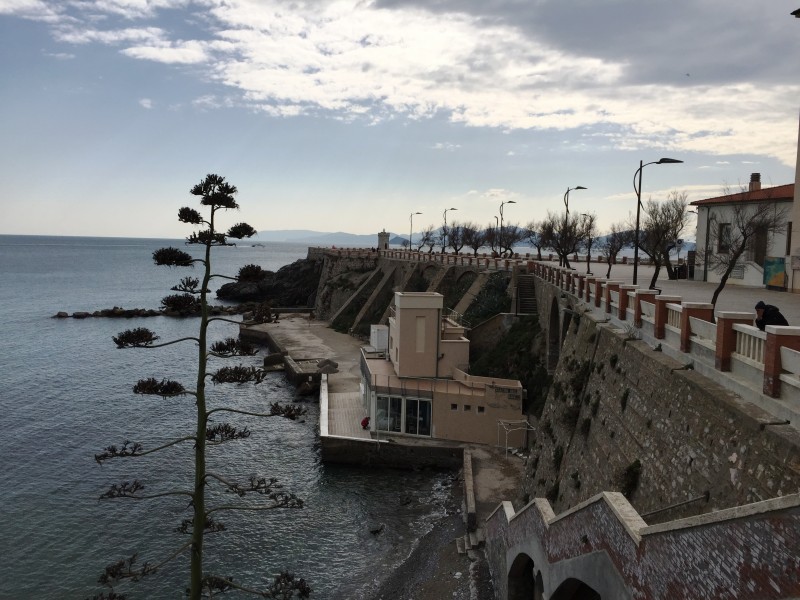
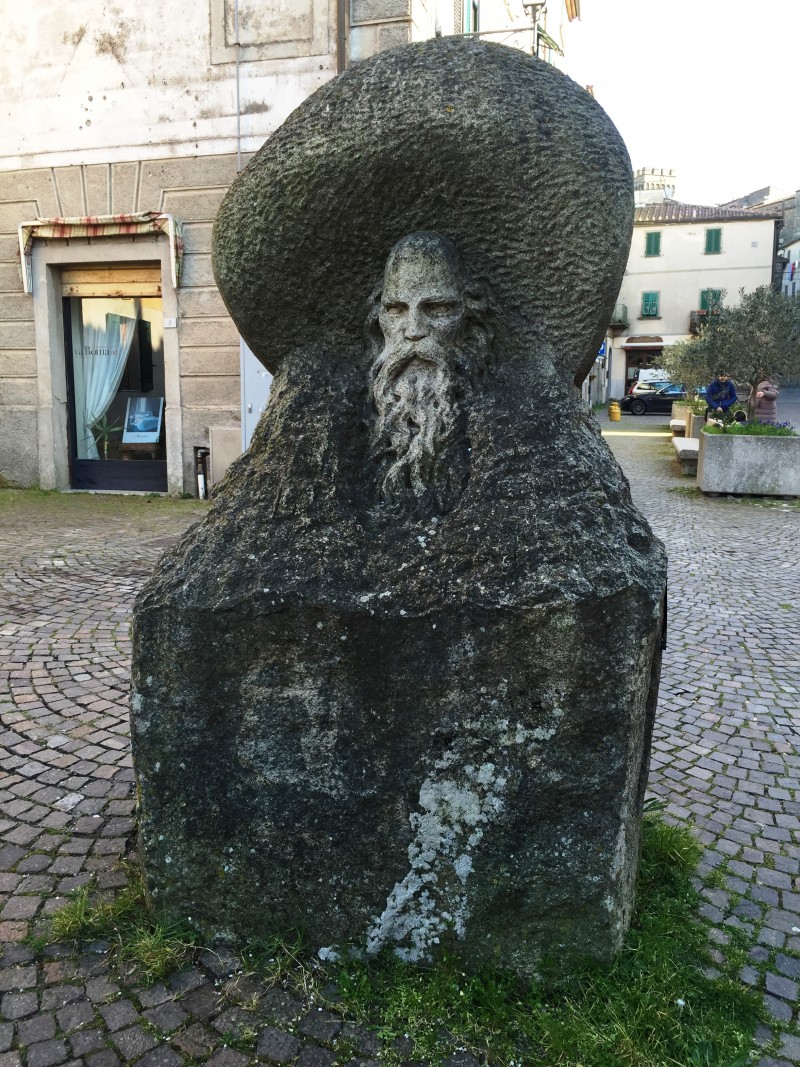 This is a representation of the “Past and the Future” one side of the rock has the image of an old man, separated by a disc done on rock, the other side has the face of a child. The artist was Renaux Francois detto Jules.
This is a representation of the “Past and the Future” one side of the rock has the image of an old man, separated by a disc done on rock, the other side has the face of a child. The artist was Renaux Francois detto Jules.

